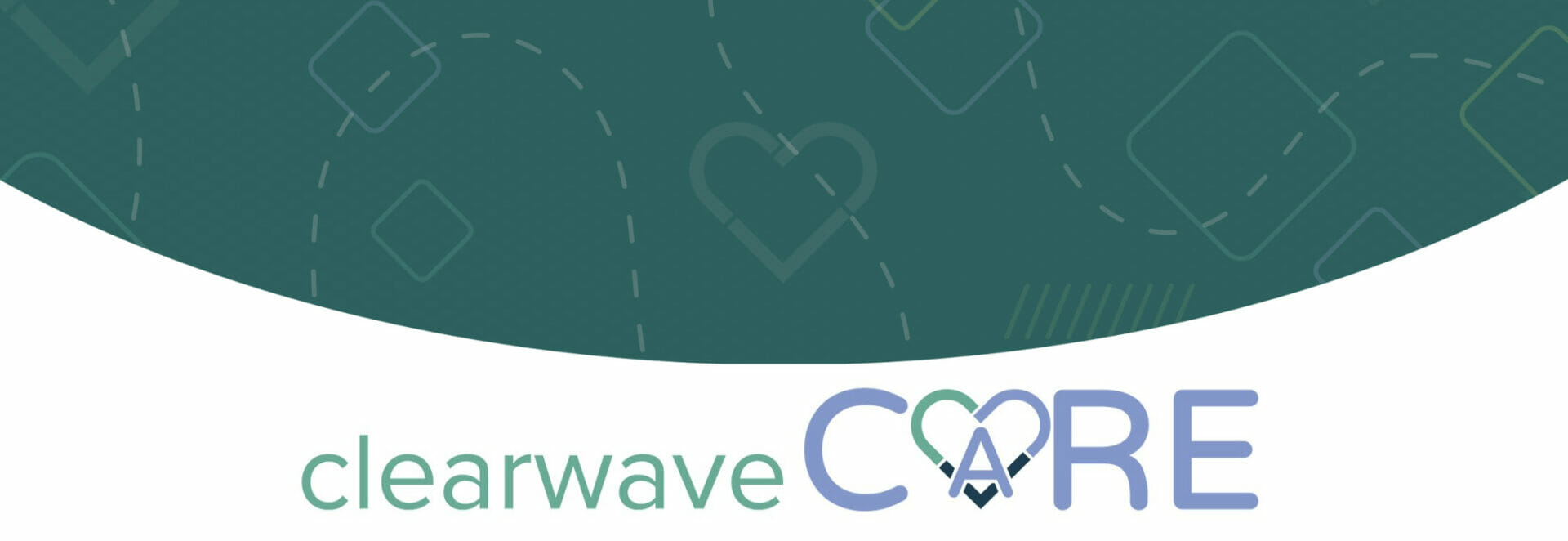Top 5 Patient Engagement Reports You Didn’t Know You Needed
By Blakely Roth | January 10, 2023
As you search for the right patient engagement solution, determine your plan to measure performance. Your strategy and tools should create impacts across your practice. Define how you can validate ROI, minimize risk and ensure you’re using your solution to its full potential. The right reports and cadence for measuring success will make these efforts simpler.
Beyond validating the success of a patient engagement solution, use these five reports to identify other ways to improve practice efficiency and patient experiences.
1. Copay Collections
With a patient engagement system, practices can collect copays right at the point-of-service, via digital patient check-in. Depending on patient preferences, however, you may have some patients who prefer to check in via the front desk versus a digital self-service method. When patients opt to check in at the front desk, your staff has the responsibility of collecting copays. Copay collection reports give you line-of-site into how copays are collected at the point-of-service (POS) and which staff or locations are collecting the most copays.
How to Leverage the Report
A payment report should easily help administrators identify who on their staff has met copay collection goals, and who may require additional training to improve collections. With the report in hand, you can show staff where they stand when it comes to collecting copays. Use the report to validate your request to increase collections and work with front-desk staff to determine metrics you can track as you monitor for improvements.
You can even create competition amongst your staff around copay collections and use your dashboard to track progress. A smart payment report will also break down collections by practice location, so you can determine which locations are driving the most revenue.
Consider using a payment report to determine if it’s time to implement incentives to increase copay collection across individual front-desk staff or locations. With the report available 24/7, administrators can easily track the success of incentives by reviewing month-over-month metrics.
2. Custom Questions
Self-service patient check-in systems provide practices with a reliable way to capture accurate and important patient information. Along with their in-take workflows, we’re seeing practices add custom questions to their check-in process by strategically configuring their workflows.
With custom question data captured right inside of your patient engagement system, versus a clipboard at the front desk, you can easily filter that data and use it accordingly.
Custom question reports allow users to filter data by patient demographics, appointment type, provider and location. A smart reporting dashboard also provides administrators with a way to save any of their most used or commonly created reports, so they can quickly find the responses they’re looking for.
How to Leverage the Report
Adding a custom question to your workflow can be a lead driver for premium services. Custom questions can also help collect medical history information from patients to add to their patient records for future use – such as surgical history, questions to support federal compliance and questions to fulfill Medicare requirements.
If you’re considering a new care offering, walk-in appointments or opening a new practice location, you can use custom questions to gauge interest and determine your strategy. You can also use this report to validate these practice decisions with your board and/or on-staff physicians. Here are other ways you can use custom questions to your practice’s advantage.
3. Visit Statistics
Visit statistics and reports should provide you with historical visit information or information over a specified date range for insight on:
- Total number of Visits
- Average Check-In Time
- Percentage of Confirmed Visits
- Percentage of Pre-checked Visits
- Sum of Payments at Kiosk
- Percentage of Scheduled Visits
- Percentage of Walk-in Visits
- Percentage of Specific Language Kiosk Sessions
- Average Patient Age
- Among many more…
Having visit data that’s easy to filter and all in one place, via Visit Reports, is imperative to your ability to make decisions. You can review the data to help you decide on physician schedules, new locations, patient preferences, premium services and ways to improve overall efficiency.
How to Leverage the Report
There are numerous ways to use and review visit reports, from determining your patient’s preferred check-in method to testing a new care offering or comparing check-in times for pre-registered and regular patients.
We’ve seen practice leaders leverage these reports when trialing new revenue streams, like walk-ins. One practice used this report to determine how many walk-ins they received, and the revenue collected from these patients. By comparing month-over-month numbers they saw the benefit and launched walk-in offerings at multiple locations.
4. Appointment Reports (Eligibility verification)
An appointment report that shows real-time eligibility status can help your staff get ahead of insurance issues and ensure your practice can easily collect copays for each appointment.
With real-time eligibility verification, your practice can determine active, inactive, rejected and errored patient insurance for all upcoming appointments. Automated eligibility verification eliminates most of the staff hours spent checking websites and following up on coverage. Instead, your staff can run eligibility transaction reports for a day’s appointments and focus on the patients with insurance that are inactive, rejected or errored.
What makes an eligibility transaction report effective is its speed and functionality, especially with overburdened, or new, less experienced staff. It’s imperative to have eligibility transaction information in appointment reports that are easy to navigate and understand. Eligibility verification should run automatically in the background and present the information to your staff via an easy-to-navigate dashboard that flags the patients that need attention.
How to Leverage the Report
Use appointment reports to help your staff get ahead of patient reach outs and navigate insurance needs before a patient comes in for care.
Build a cadence around running eligibility transaction reports a few days in advance of upcoming appointments. Many of the practices we work with have built efficient pre-verification workflows to check their patient’s eligibility two-to-three days ahead of appointments, giving their staff plenty of time to follow up with patients who have insurance that needs attention.
Within the appointment report dashboard staff can see flags indicating discrepancies that require updates, like patients with a new insurance provider or address. The simple yet intuitive format helps staff understand and prioritize insurance eligibility issues when reviewing the appointment report. With correct action taken based on a patient’s insurance eligibility in the appointment report, you can increase POS collections and minimize the amount of time spent tracking patients down to receive unpaid balances.
5. Value Report
If you need to prove the value of a patient engagement system to your board or want to compare one solution’s performance against other options, an overall value report should be your first source of truth.
Actionable value reports outline all the critical performance metrics your practice drives as it relates to your patient engagement solution. The value report will typically show monthly practice statistics relating to eligibility, patient check-in, payments and patient communications.
As an all-in-one report, it should provide you with a high-level overview of what’s working well and opportunities to improve patient workflows or administrative activities. In the report, you should find overall value metrics and individual location metrics, allowing you to compare results to determine how best to prioritize your efforts.
How to Leverage the Report
The value report often becomes the source of truth for metrics-driven discussions that our clearwaveCARE team facilitate with clients. The result of these discussions can be minor changes to patient workflows, or conversations on larger initiatives like increasing staff incentives, evolving check-in processes or adding a patient waitlist. Regardless of the next steps, the value report is reviewed monthly to help administrators actively maximize the value of their patient engagement solution.
Ensure Your Patient Engagement Solution Drives Success

Maximizing your patient engagement approach with a data-driven strategy can significantly improve practice efficiency and revenue. Administrators can increase the impact of a patient engagement solution’s success by regularly monitoring its value and finding actionable ways to evolve the solution, along with their practice’s needs. However, as a practice leader, you already have a full-time job. It’s helpful to have a go-to guide that will regularly monitor patient engagement data and provide you with metrics-backed initiatives to focus on.
If you’re planning to, or recently implemented a patient engagement solution, having useful reports at your fingertips and an expert team to guide you in determining actionable next steps will make your job simpler. Learn more about clearwaveCARE and how we support clients in ensuring maximum value from Clearwave.
Recommended for you
Related Posts
Long-Lines Giving You Blurry Vision?
Reading Time: 4 minutes Clearwave & Thomas Eye Group’s 10-Year Partnership Puts Patients First By Blakely Roth | June 18, 2024 In an era…
Top 2 Trends Gastroenterology Practices Are Using to Boost Profits
Reading Time: 5 minutes By Chloe From Clearwave | May 6, 2024 As we navigate through 2024, gastroenterology practices find themselves at a critical…
Clearwave Wins a Stevie® Award for Healthcare Customer Service Department of the Year
Reading Time: 3 minutes Patient Revenue Platform™ Provider’s clearwaveCARE Program Honored in 2024 Stevie Awards for Sales & Customer Service ATLANTA – April 16,…




